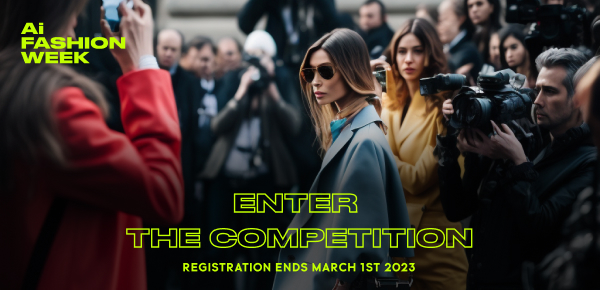Greg Bogin‘s work is committed to American art history and its pictorial world in the 60s in a form that is particularly typical of his generation. Artistically, he is oriented towards Minimal and Pop Art. In terms of form and colour his works are stimulated by the logos and trade marks of this period. Environmental enhancement panel #1 is a synthesis of these influences.
Bogin’s pictures, pleasing in an intelligent way, do not accept the Minimalists’ canon of parameters and operate on another plane in terms of content: superficially, they confirm Minimal Art’s demand for self-reference. As well as this, Bogin’s pictures combine artistic positions that had hitherto not been brought together like those of Donald Judd and Andy Warhol, thus creating a kind of painting that could be called ‘Minimal Pop’.

In an artist statement, Bogin says,
“The concern I felt created the necessity to find a ‘happy place’ where I could escape to.”
Greg Bogin’s analysis of 60s art and design is shaped by a contemporary view of the ‘Minimal’ phenomenon. His transfer to the present means that Minimal Art loses its programmatic rigour, which makes it more accessible. He is also following a necessity with his approach to American ‘popular’ culture.
In a mediatized world, in which every sign is charged with meaning, it becomes ever more problematical to create the ‘meaning-free’ images that Minimal Art demands.
More info at www.gregbogin.com








